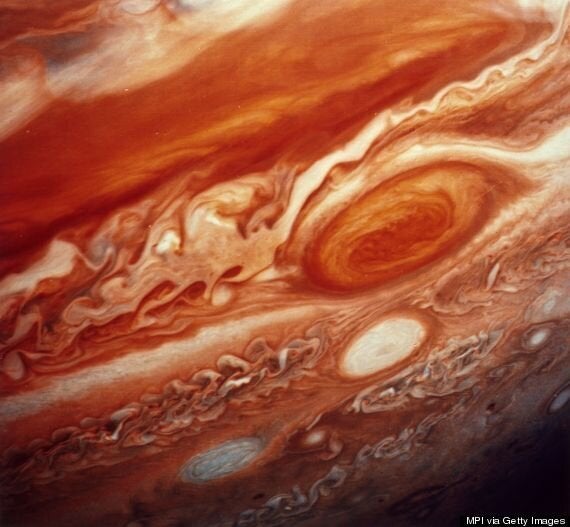Jupiter's most famous distinguishing feature - other than just generally being a ridiculously huge gas giant is its Great Red Spot.
This strange, swirling vortex is visible from Earth, and is actually an enormous storm big enough to swallow our planet three times.
But now it seems clear that the storm, for whatever reason, is starting to die down.

Scientists say the Great Red Spot has shrunk to its smallest ever size since erupting 400 years ago.
Nasa says that if the spot keeps shrinking it could be entirely circular by 2040.
"Historic observations as far back as the late 1800s gauged the storm to be as large as 25,500 miles on its long axis," NASA says. "Voyager 1 and Voyager 2 flybys of Jupiter in 1979 measured it to be 14,500 miles across. In 1995, a Hubble photo showed the long axis of the spot at an estimated 13,020 miles across. And in a 2009 photo, it was measured at 11,130 miles across."
Now it's even smaller - just 10,250 miles across, and shrinking by 500 miles a year.
What's not quite clear is why. Nasa's Amy Simon speculates that small eddies feeding into the system might be changing its internal dynamics, but it's incredibly difficult to know for sure.
For now Nasa says it's going to keep an eye on the red dot (frankly it's pretty hard not to) and determine how or why the vortex is starting to slow.